SEANA project aims to reduce the uncertianties in modelling the response of sources and processes of aerosol, cloud condensation nuclei, and ice nuclei to anthropogenic and natural emission changes, so that we can better simulate clouds and predict future climate in Arctic.
The cruise is atmospheric focused and the main objectives include:
- To understand the sources and processes of aerosol particles (such as black carbon and dust), cloud condensation nuclei and ice nuclei (coarse particles are key).
- To elucidate the formation and growth mechanism of new particles.
- To update a global aerosol model based on mechanistic understanding on particle source and processes from the observations.
- To evaluate the new model against pan-Arctic observations.
- To predict the potential impact of future shipping emissions along the Northwest Passage (likely to be completely open in the summer by 2050) and changing climate on aerosol, CCN, IN and clouds.
- To understand the impact of high latitude dust deposition on ocean nutrient pool and on phytoplankton growth.
Note that this is an unofficial LOG of the cruise, for details of the research please visit Clean-Air
SEANA项目旨在减少模拟气溶胶、云凝结核和冰核的来源和过程对人为和自然排放变化的反应中的不确定性,进而使得我们更好地模拟云和预测北极的未来气候变化。
这次巡航的重点是大气,主要目标包括:
- 了解气溶胶颗粒(如黑碳和灰尘)、云凝结核和冰核的来源和过程(粗颗粒)。
- 阐明新粒子的形成和生长机制。
- 根据对观察到的颗粒来源和过程的机理理解,更新全球气溶胶模型。
- 根据泛北极地区的观测结果评估新的模型。
- 预测未来沿西北通道(到2050年夏季可能完全开放)的航运排放和变化的气候对气溶胶、CCN、IN和云的潜在影响。
- 了解高纬度尘埃沉积对海洋营养库和浮游植物生长的影响。
本项目为DY151非正式航行记录,项目详细内容请参见Clean-Air
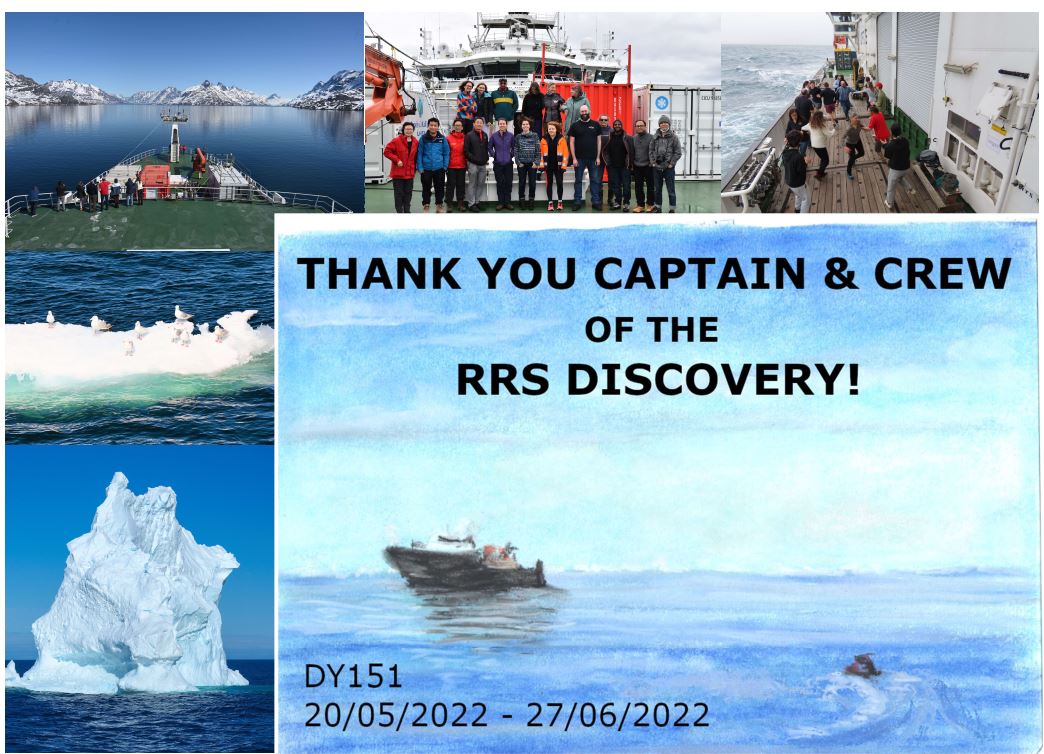
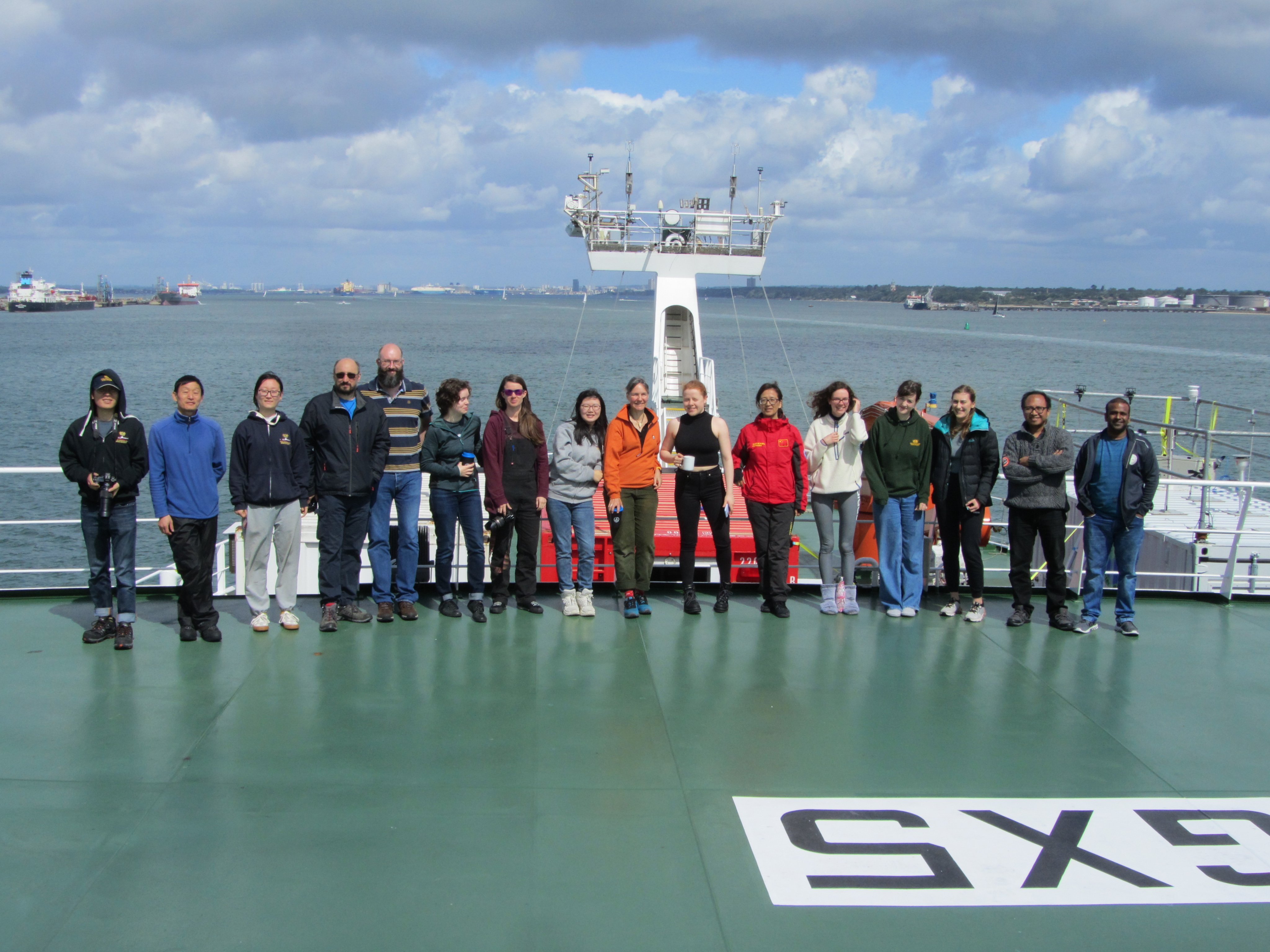
Royal Research Ship (RRS) Discovery 皇家科考船-探索号
RRS Discovery is a multidisciplinary ship, specifically designed for the challenges of 21st century oceanography. RRS Discovery was designed by A.S. Skipsteknisk and was delivered to the National Oceanography Centre on the 8 July 2013. Fitted with the most up-to-date and high-tech instruments and equipment, it is ideal for oceanic exploration.
With the ability to travel to remote and extreme oceanic environments, RRS Discovery is highly sophisticated and has the ability to operate in high sea states (up to sea-state 6). The ship comes with sub-bottom profiling and multi-beam equipment for mapping the seabed, while her dynamic positioning capability means that Remotely Operated Vehicles can be used. Her wide range of cranes and over-side gantries, with associated winches and wires, will allow many different types of equipment to be deployed from the ship. These facilities and the many more listed below help support the marine science community as it undertakes research of national and global importance.
RRS发现号是一艘专门为21世纪的海洋学挑战而设计的多学科用船。RRS发现号由A.S.Skipsteknisk设计,于2013年7月8日交付给英国国家海洋中心。它配备了最先进的高科技仪器和设备,是探索海洋环境的理想选择。RRS发现号有能力前往偏远和极端的海洋环境,它具有高度复杂的系统,有能力在极端海况(高达6级海况)下运行。该船配备了海底剖面测量和多波束设备,用于绘制海底地图,而她的动态定位能力意味着可以使用遥控操作的车辆。她的起重机和侧边门架,以及相关的绞车和电线,将使许多不同类型的设备可以从船上部署。这些设施有助于支持海洋科学界进行具有国家和全球重要性的研究。
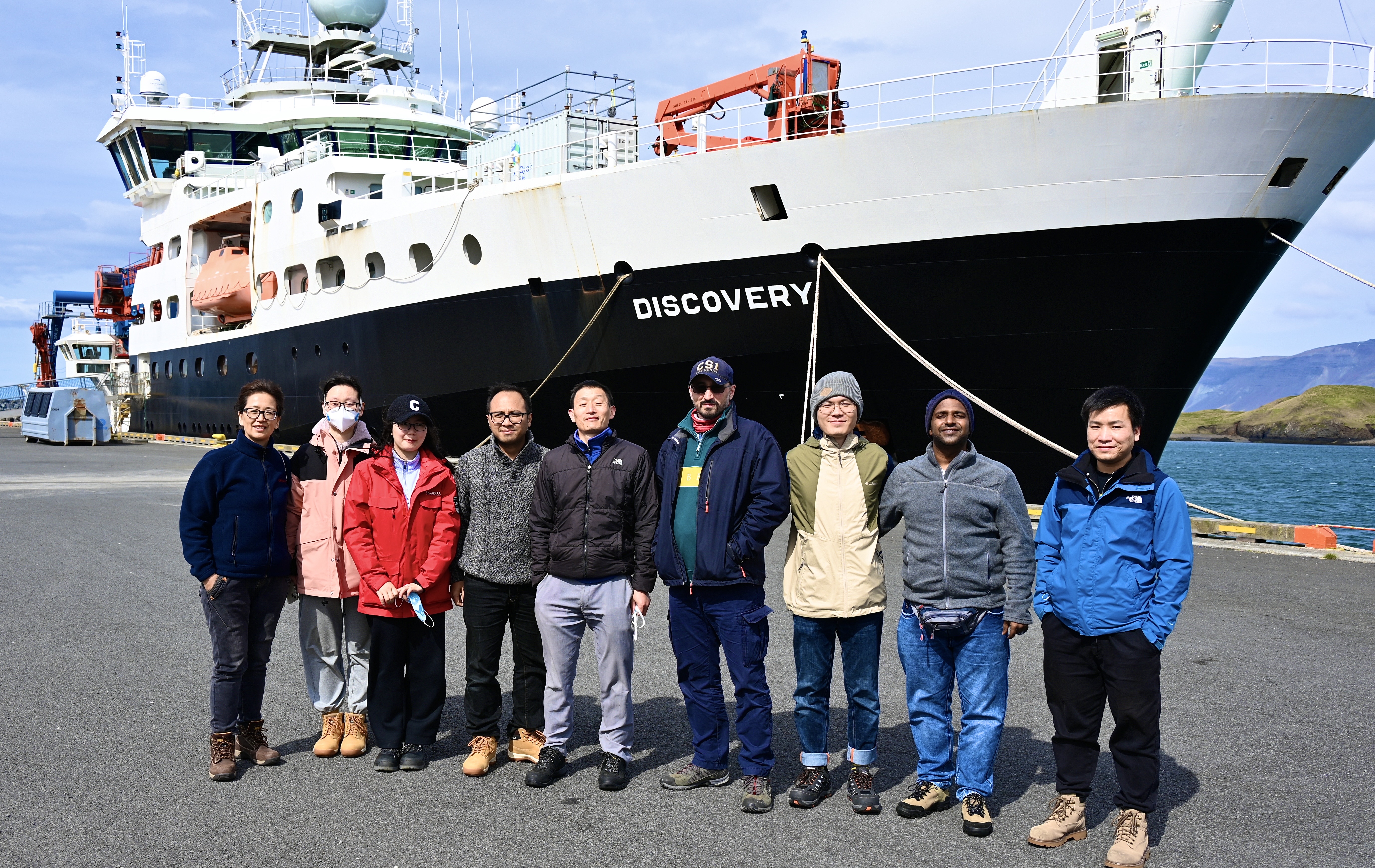
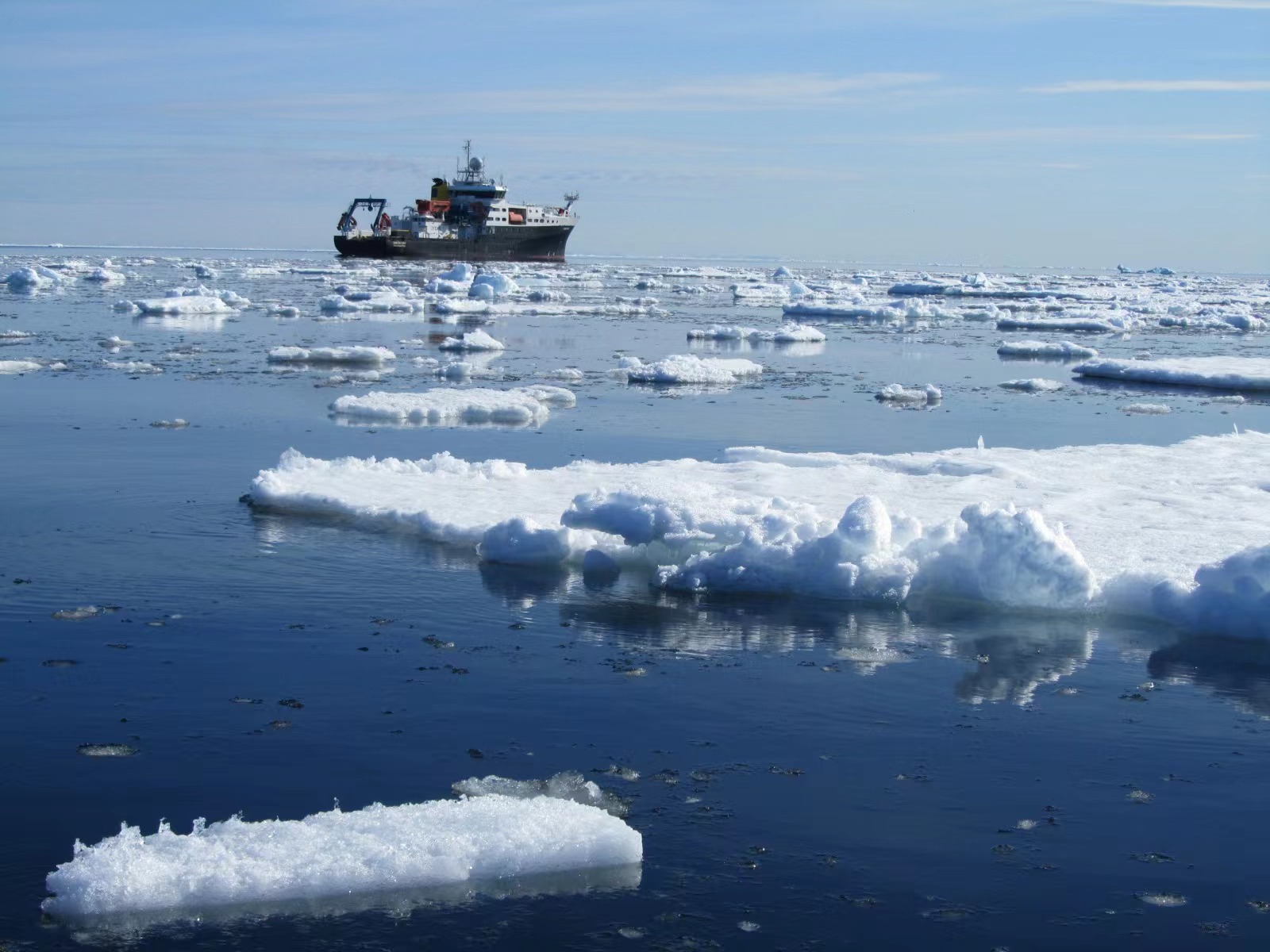
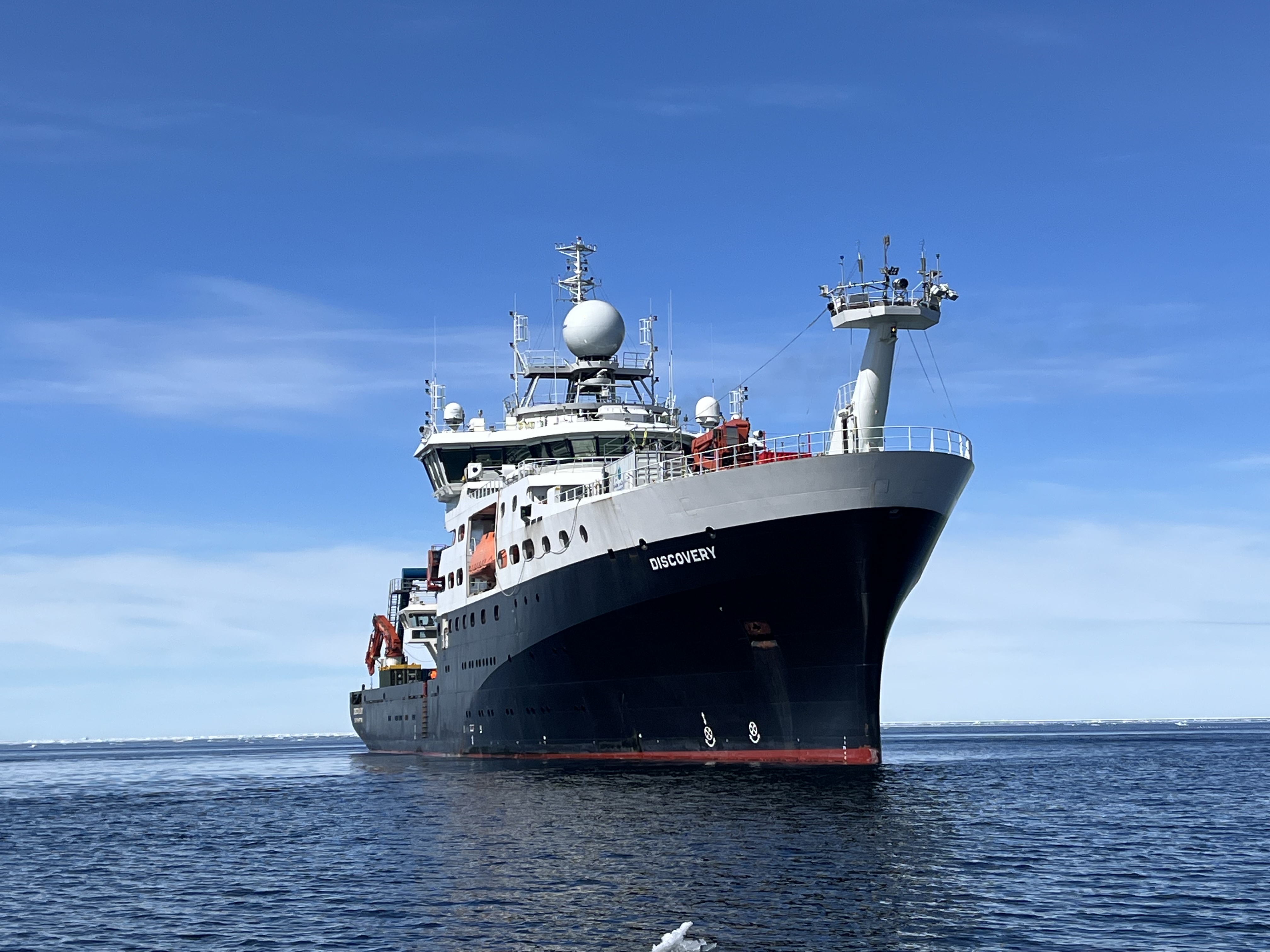
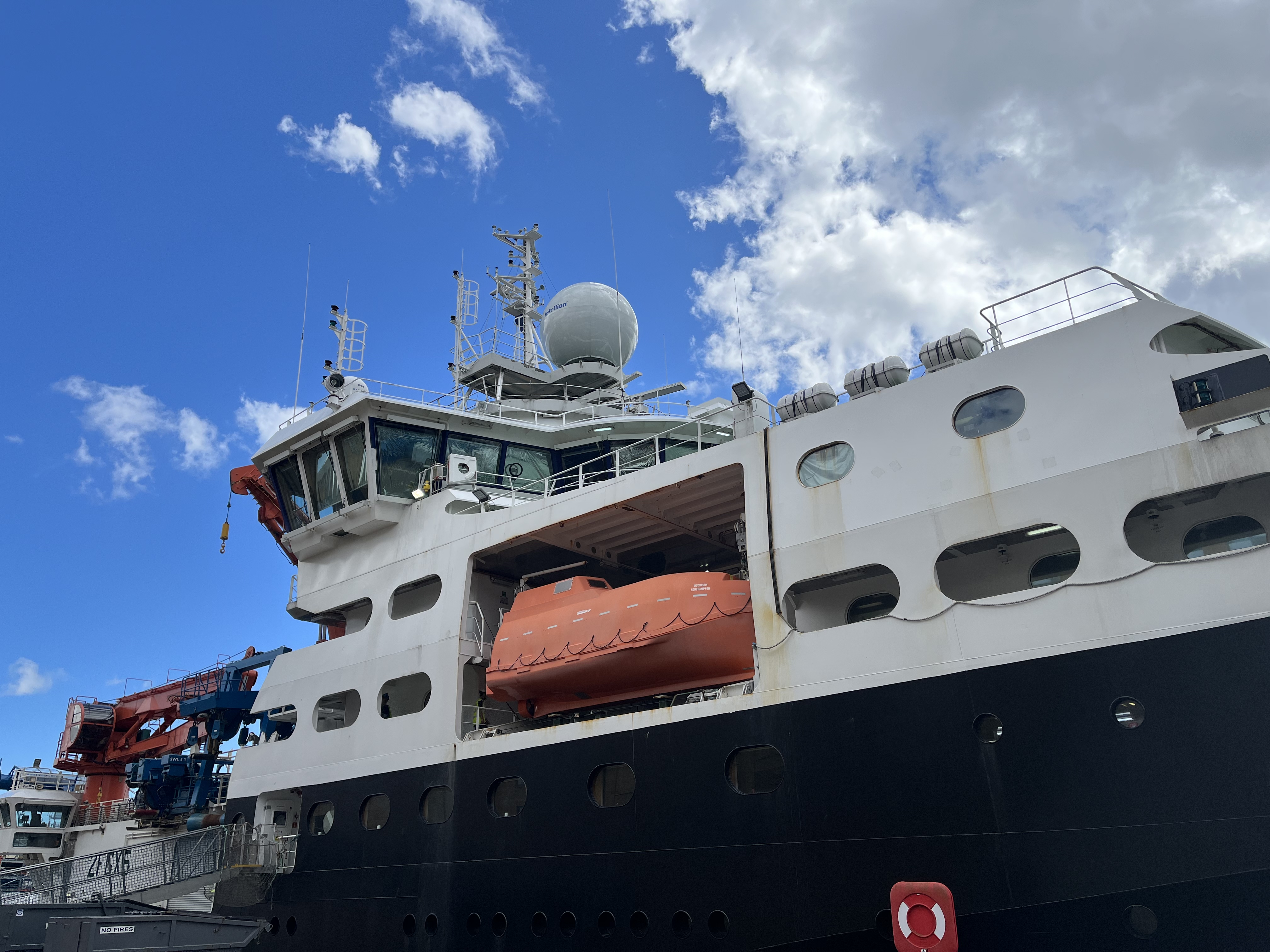
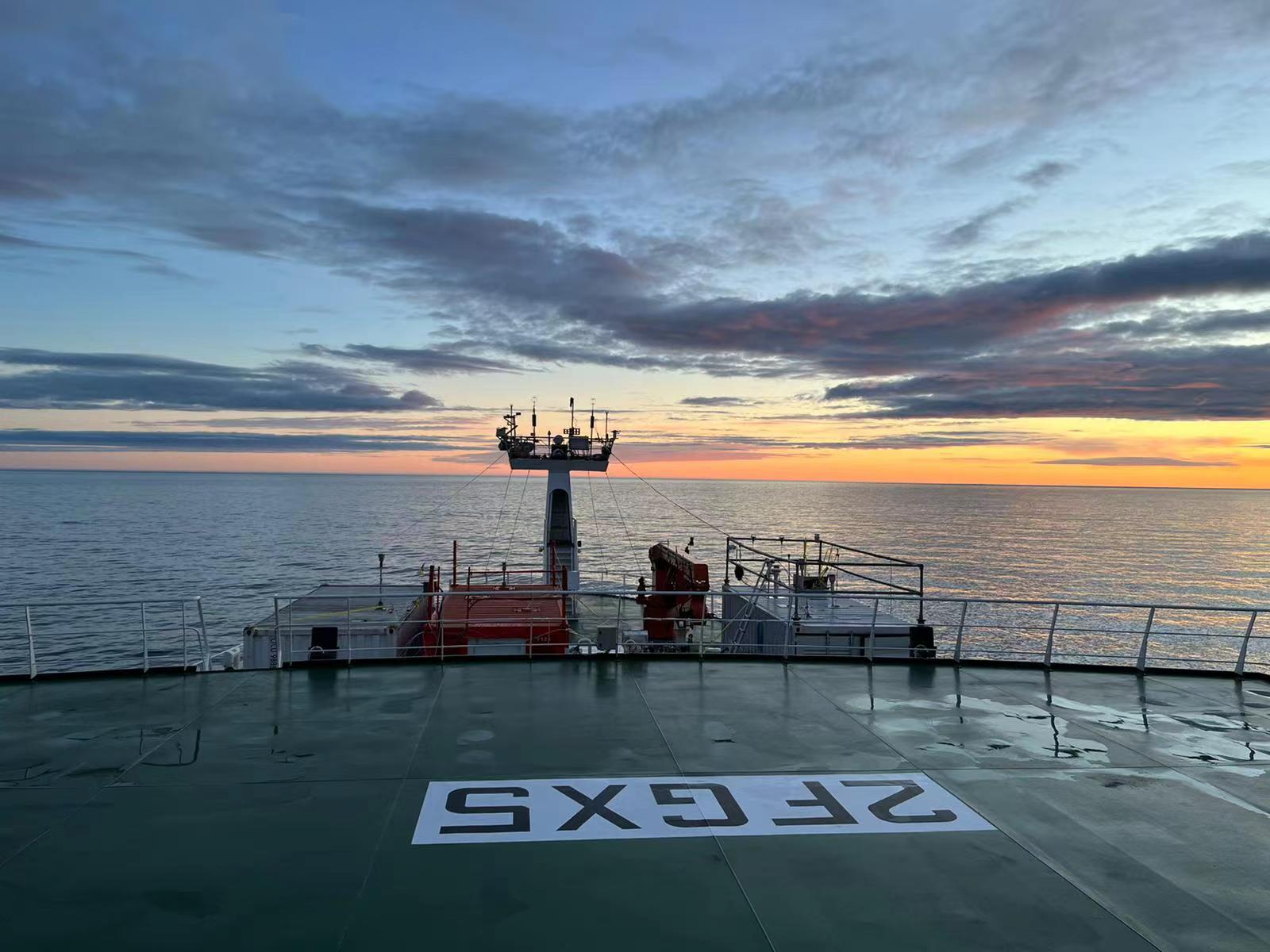
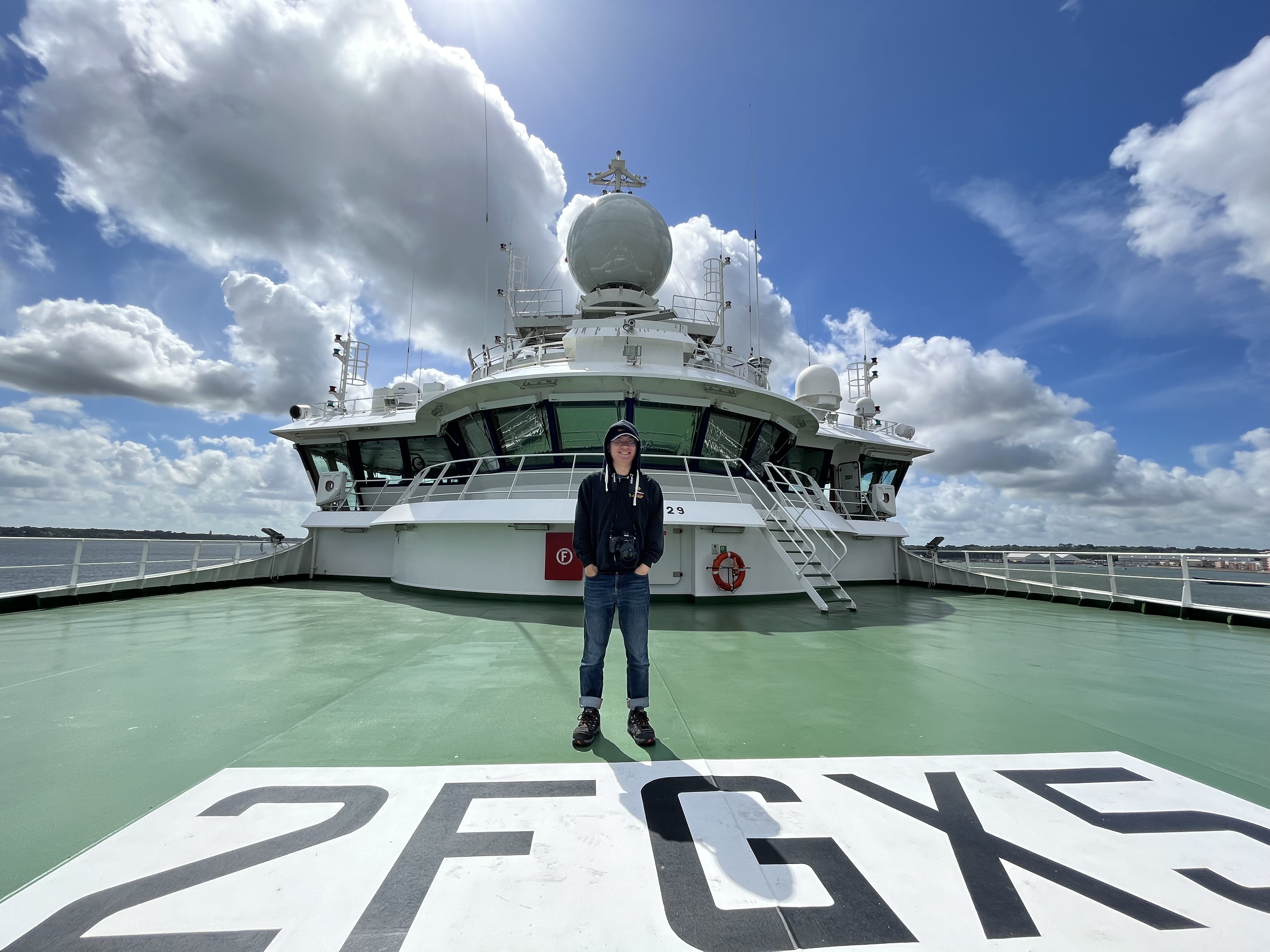
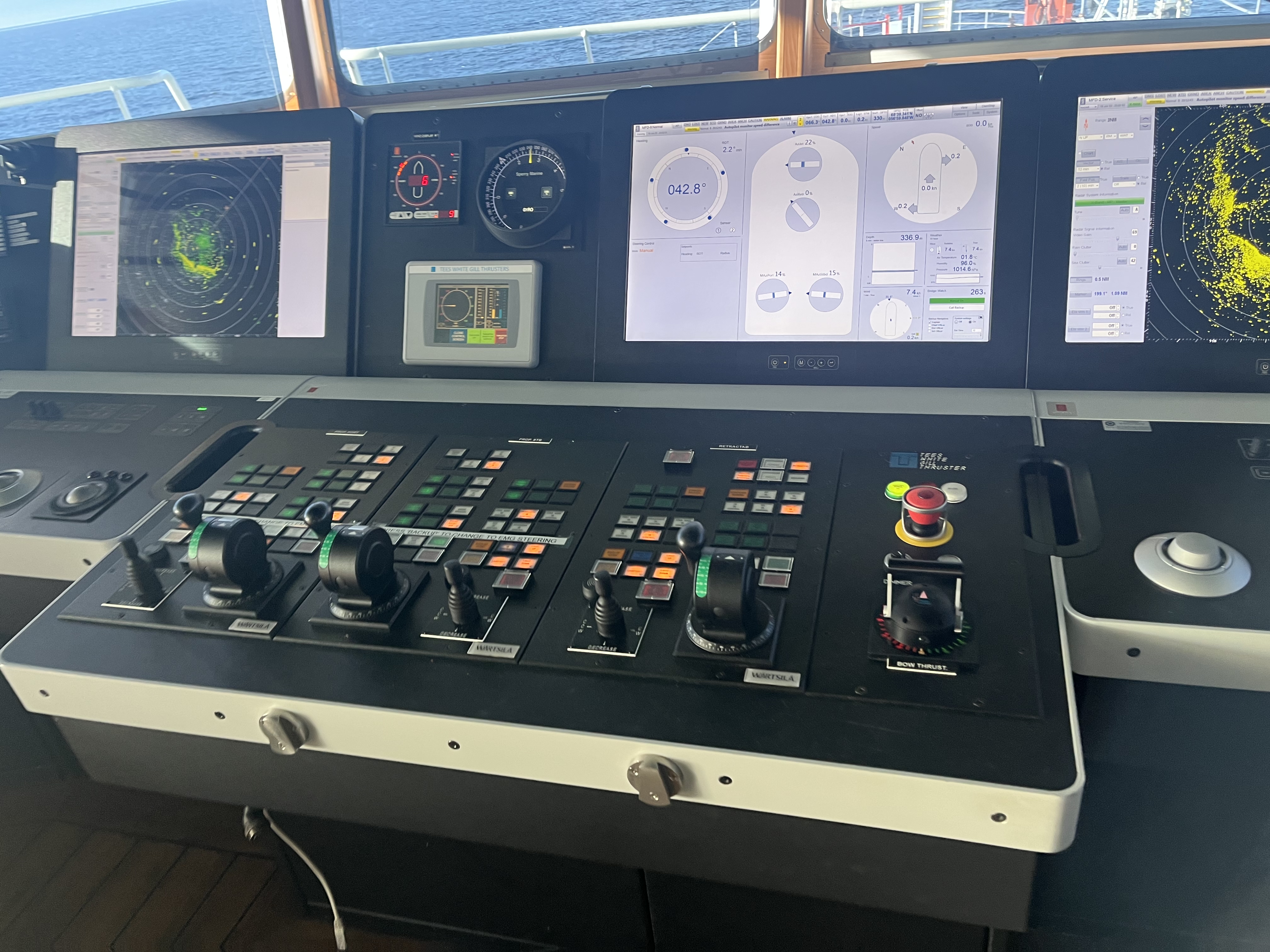
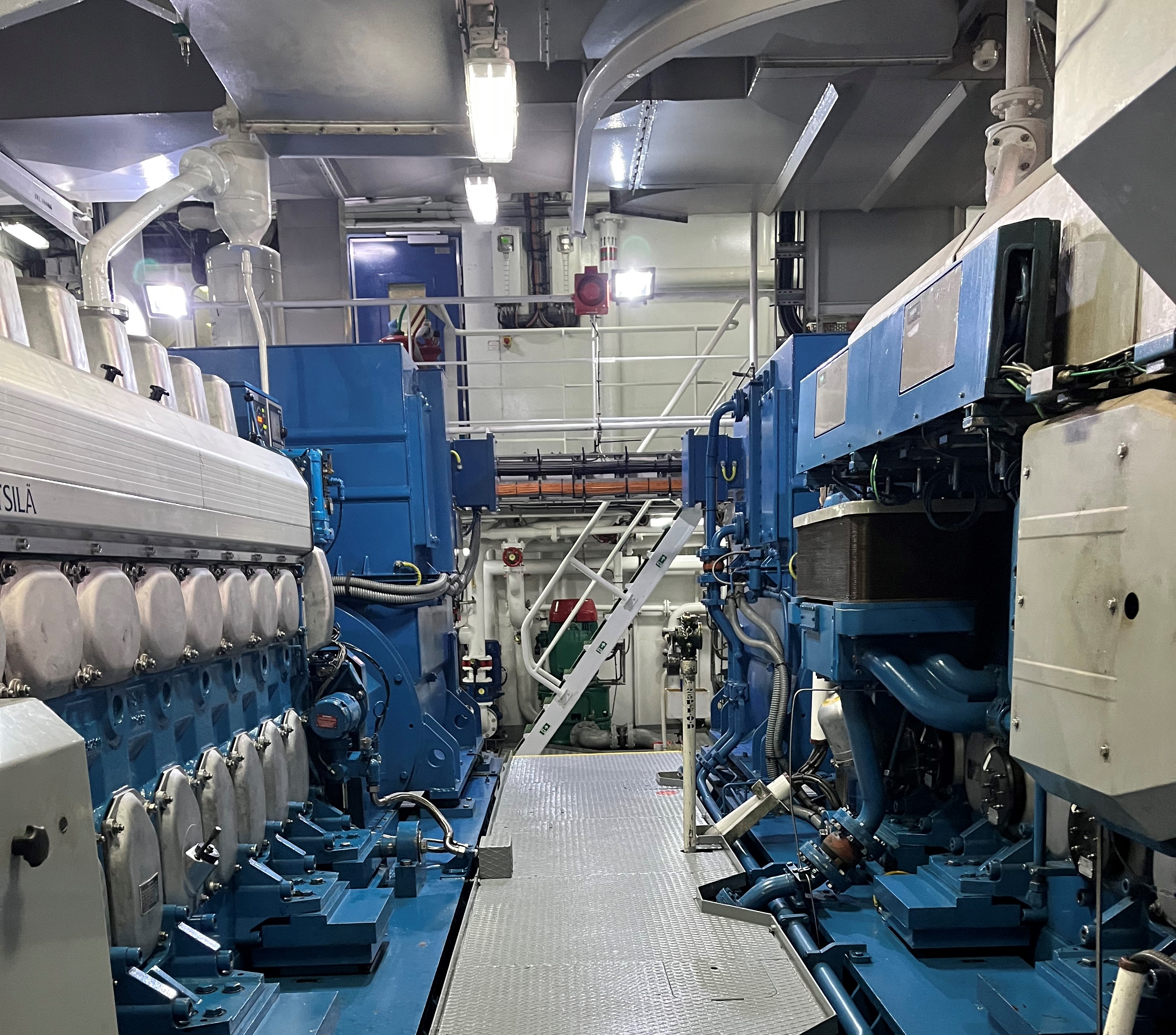
#虚拟参观 Virtual Tour!!
Preparation 行前准备
签证
药物
etc
Iceland 冰岛(雷克雅未克)5.13-5.16
Scientists finally got all prepared!








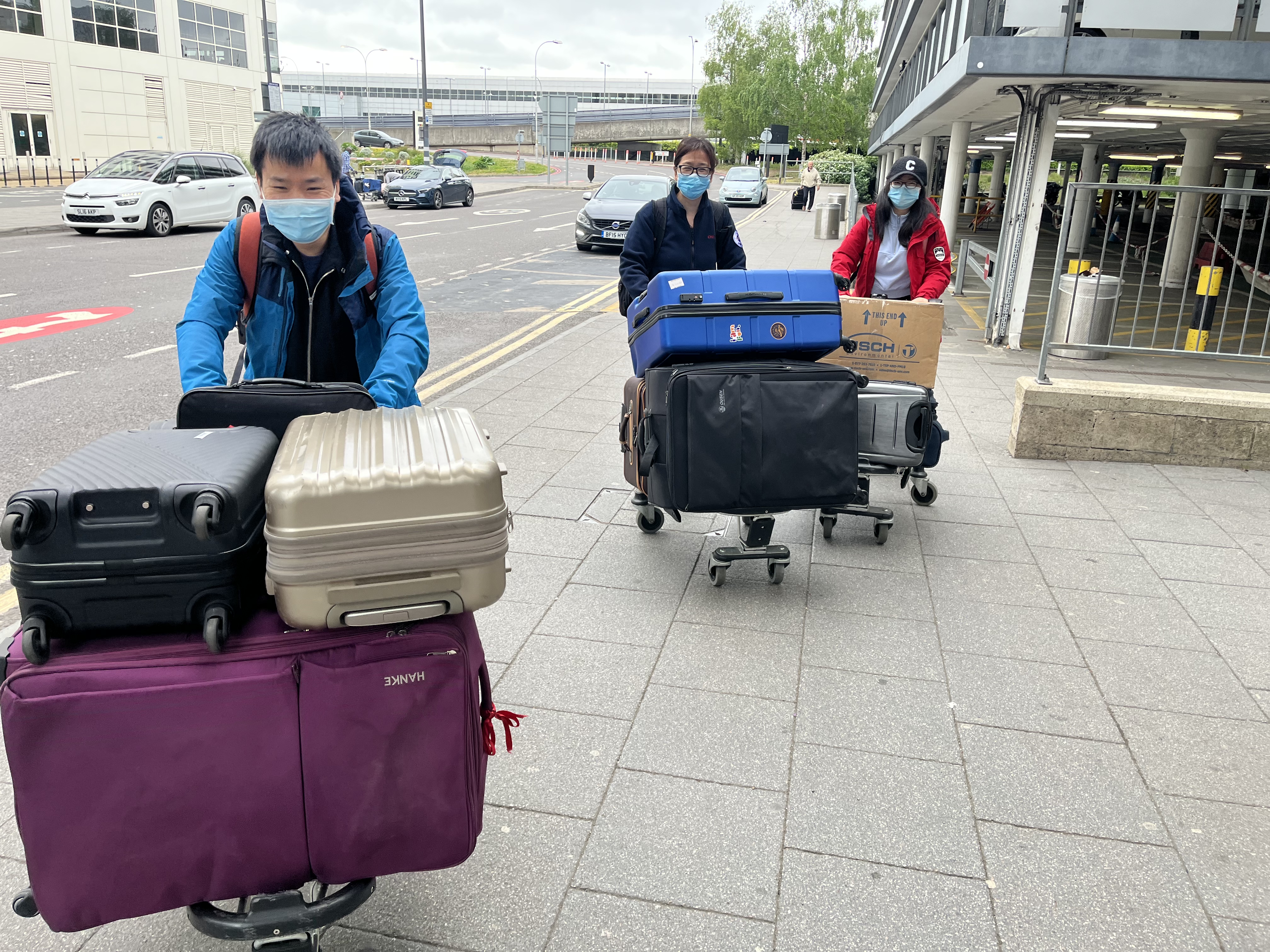
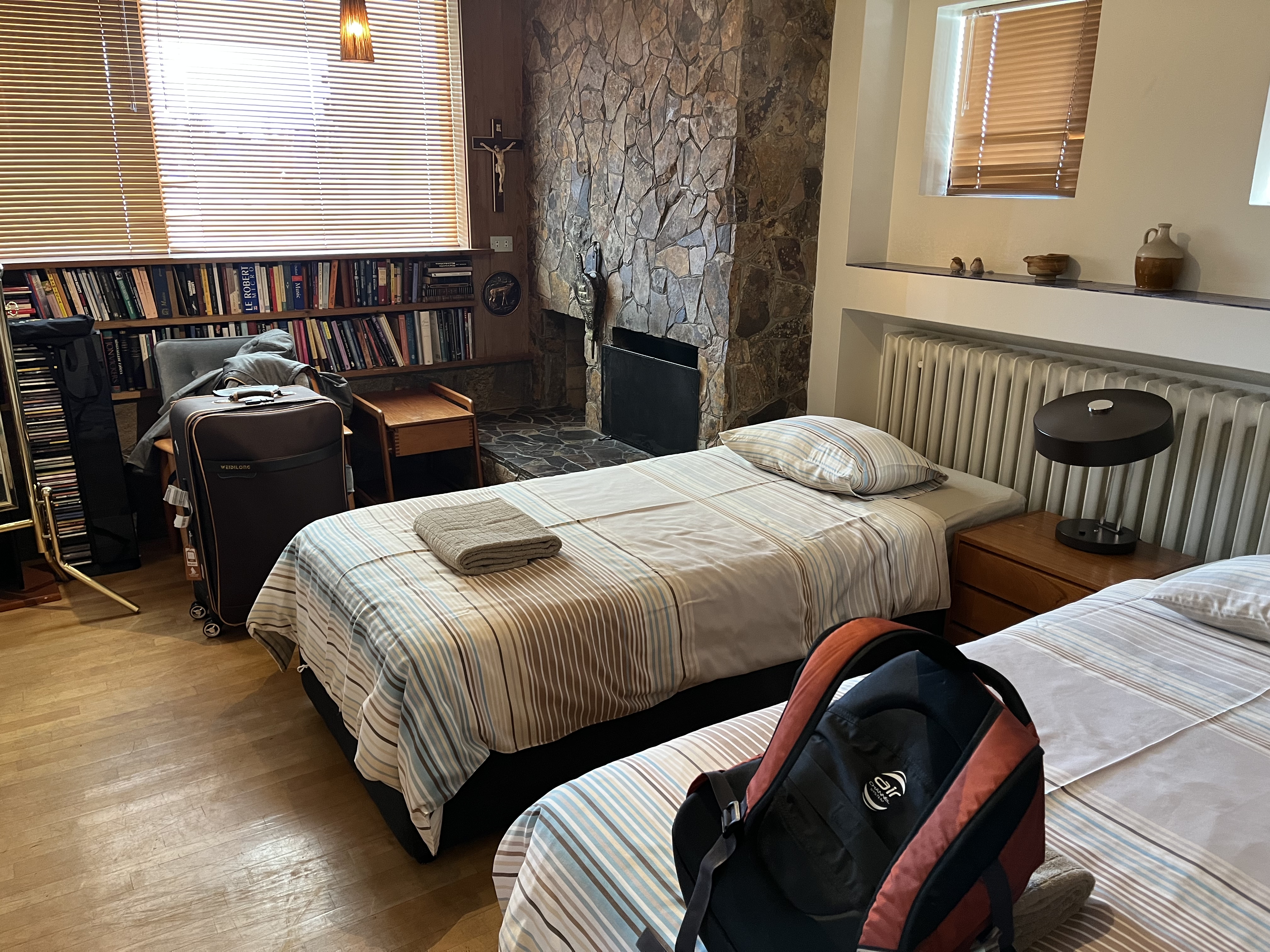
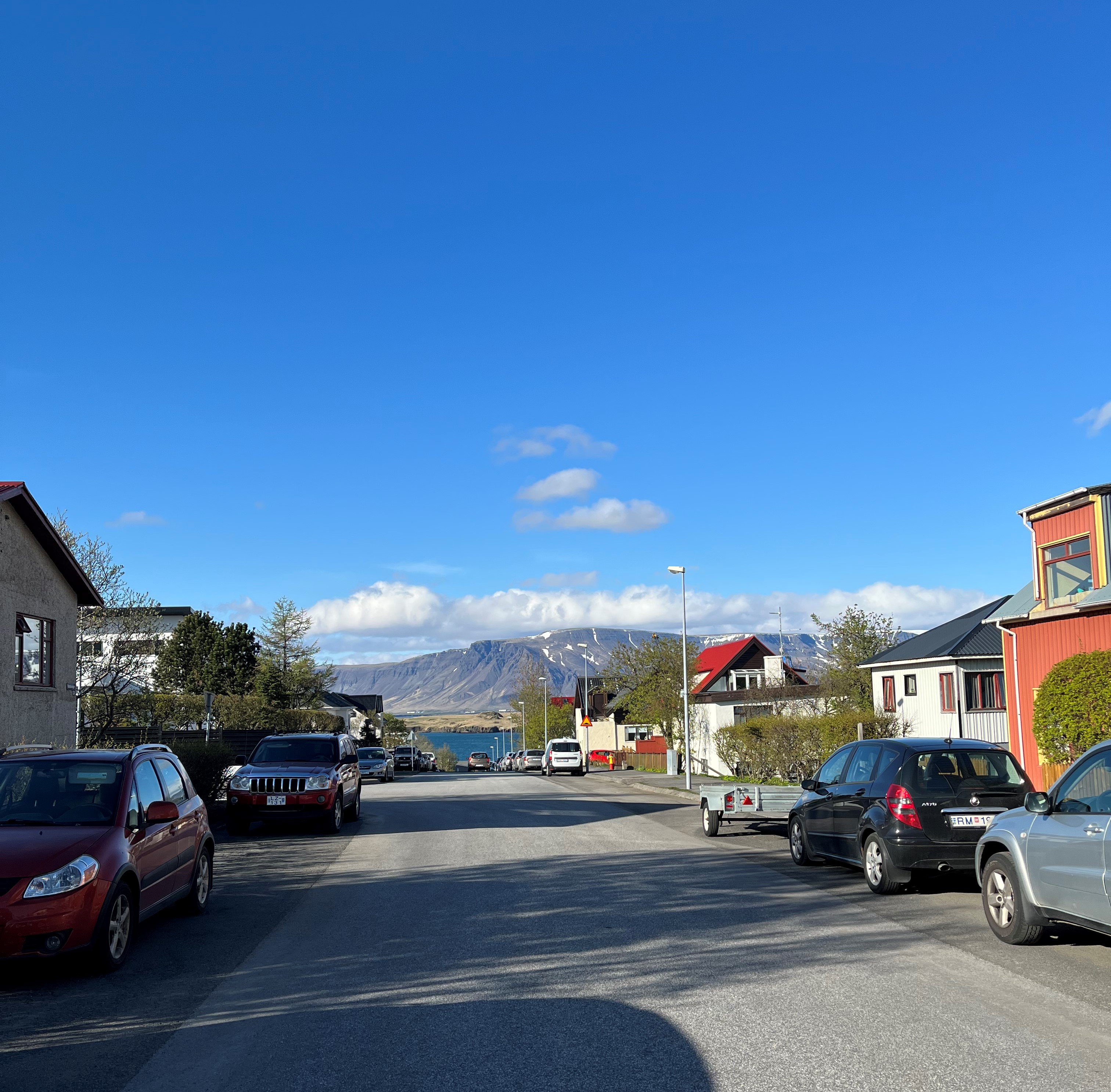
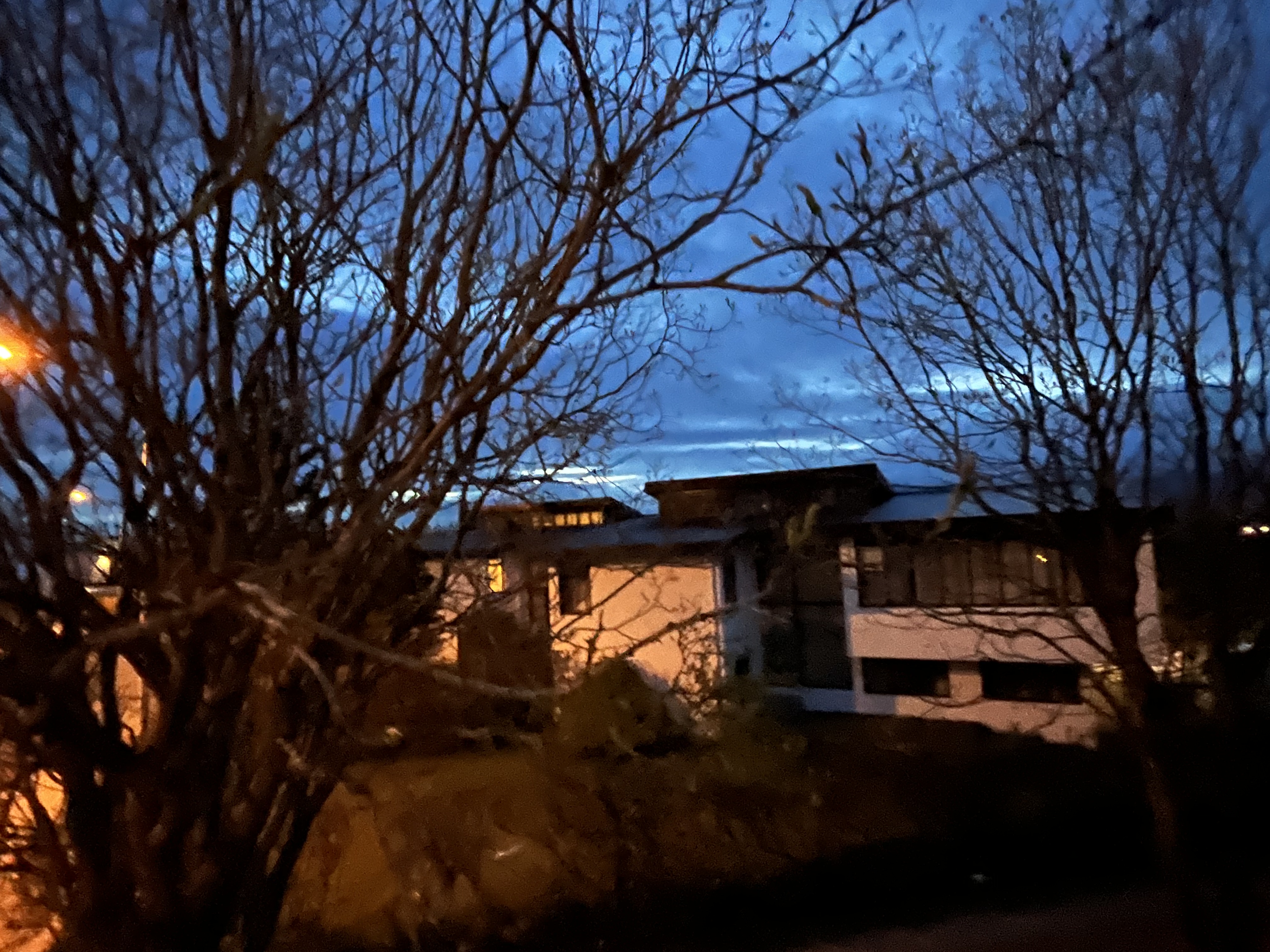
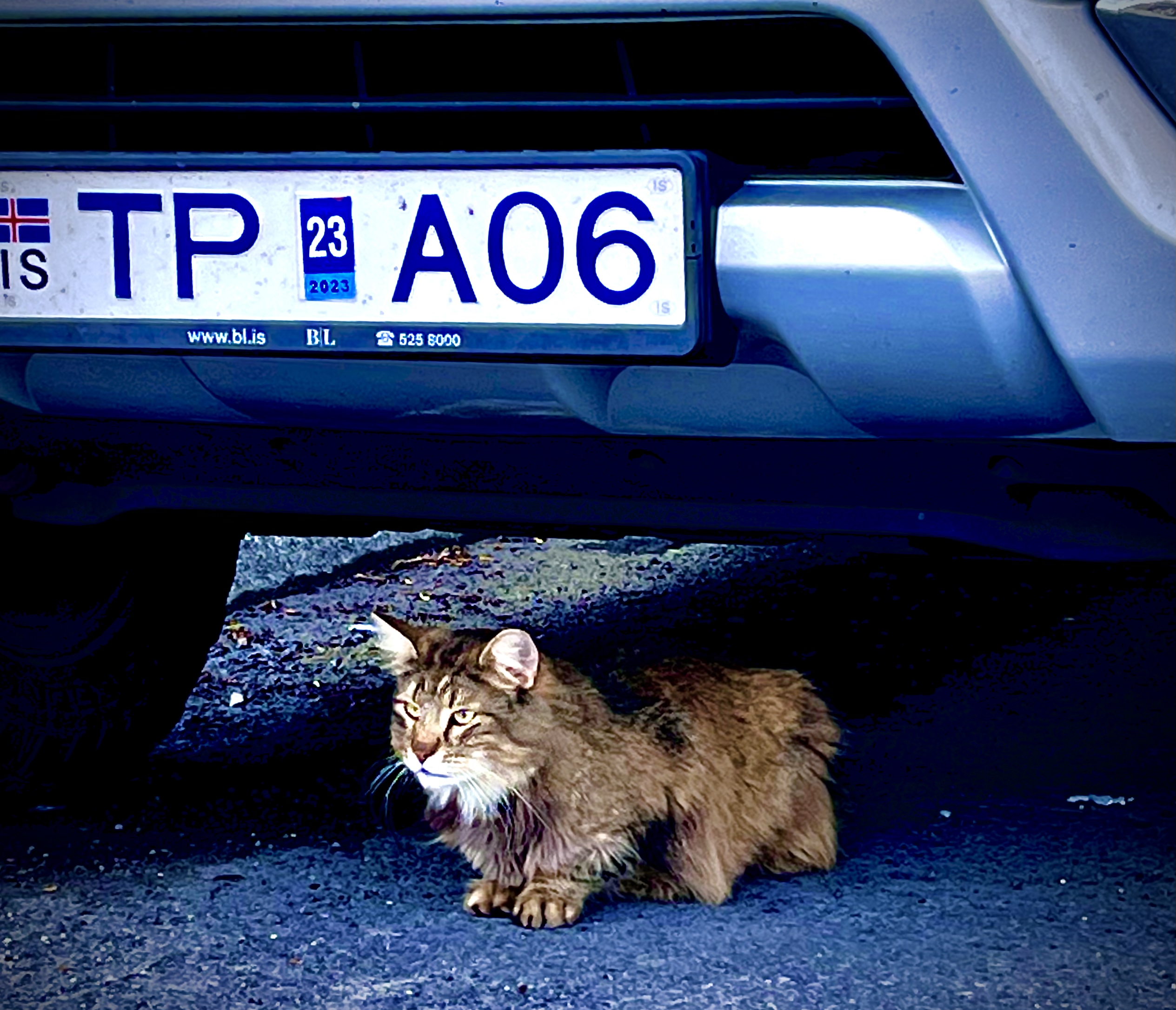
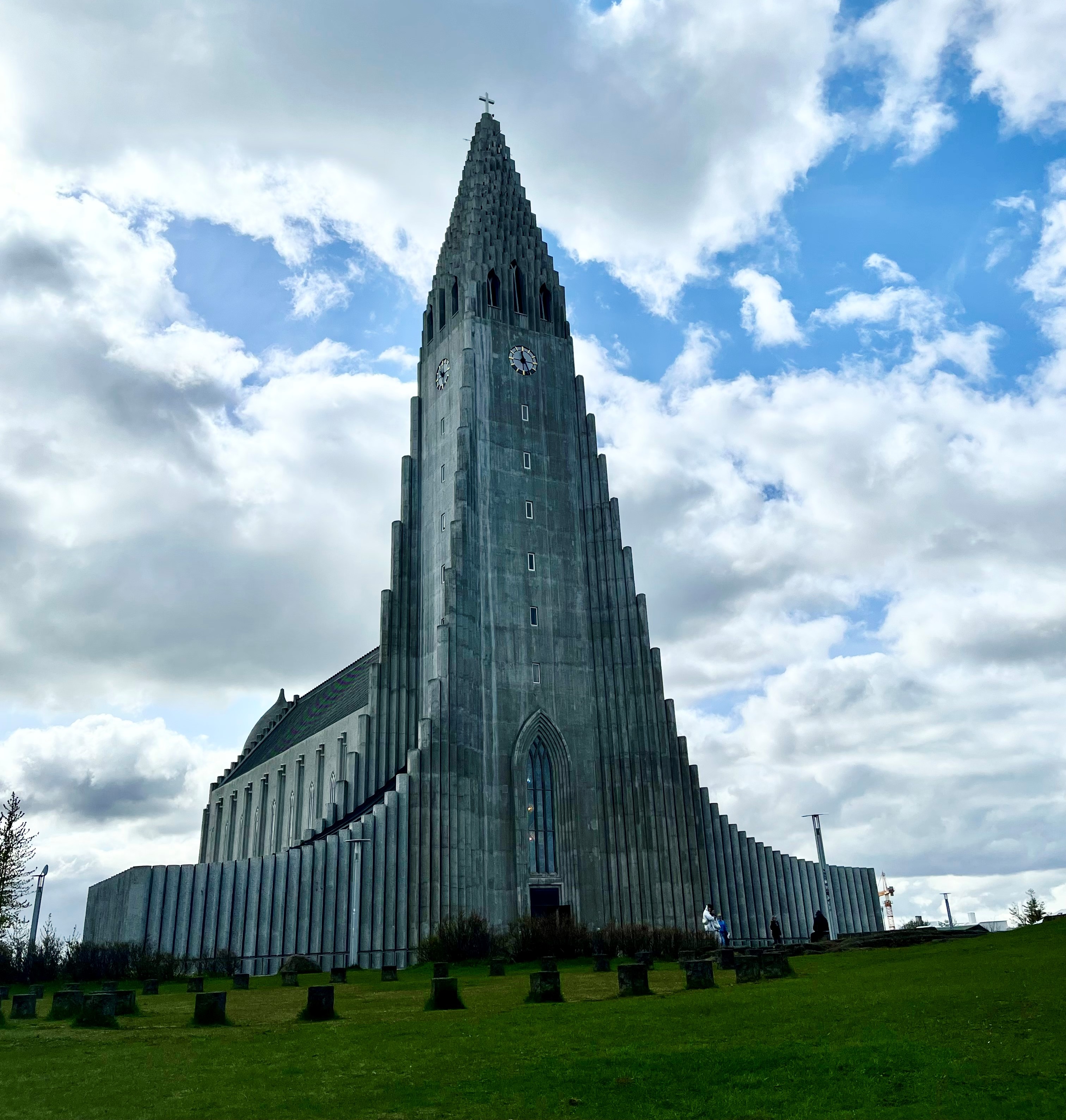
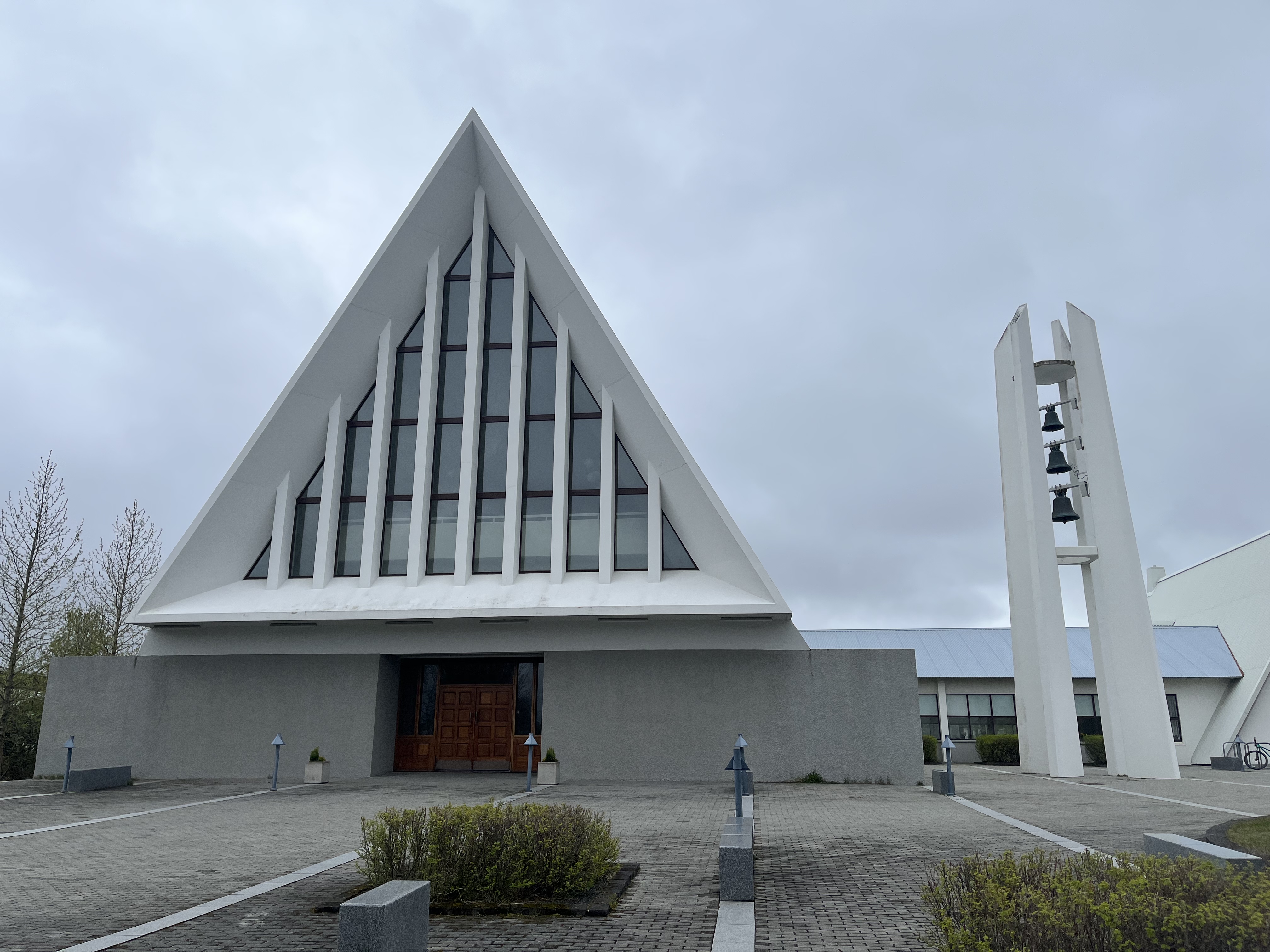

Greenland South-east coast
From 16th May to 23th May, the RRS Discovery was on the South East coast of Greenland near melting seaice. We stayed in order to avoid the risk of the storm.
Nuuk - Greenland’s captial city
On 30th May, the RRS Discovery was close to Nuuk at 9:00 am, the city was covered in fog, with only a few edges of buildings appearing from time to time. Fog disappeared quickly after
half hour later and gave us a clear view of the city.
Cov-Day!
Even with adequate personal protection in place prior to departure, COV19 virus was still pervasive. On the Sunday of the first week on board, four crew members felt unwell and were verified
to have tested positive, requiring self-quarantee in their cabins until turned negative. Meanwhile, masking, social distancing and staggered meals continue to be implemented to protect the health of
the rest of people.